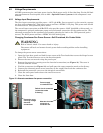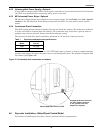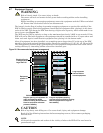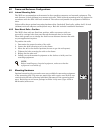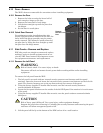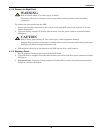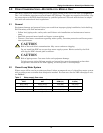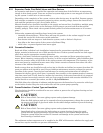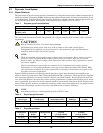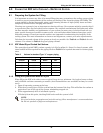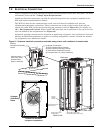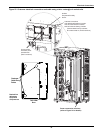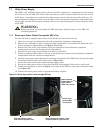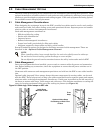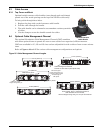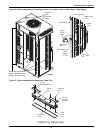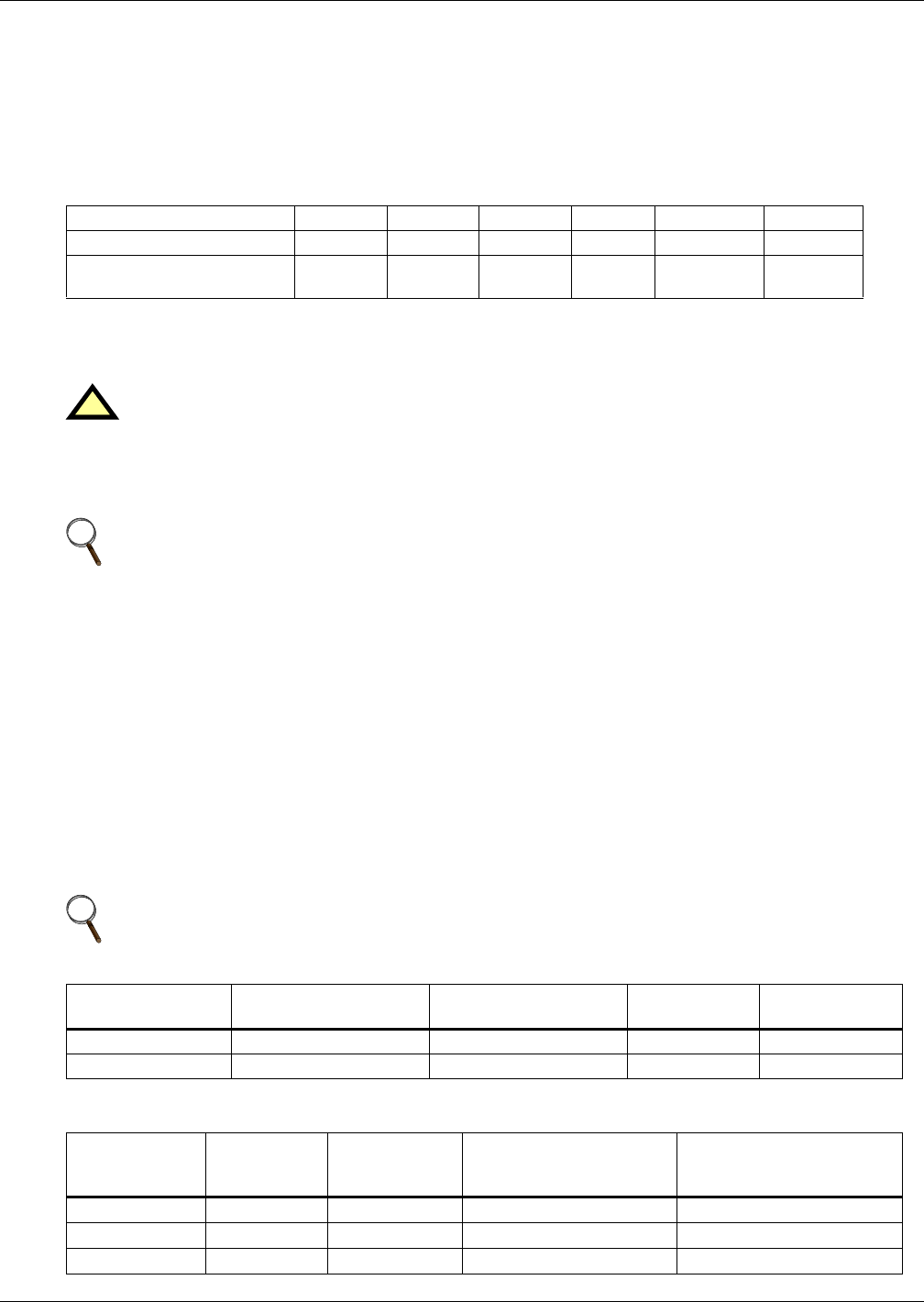
Piping Considerations—Water/Glycol Models Only
29
5.3 Drycooler Loop System
5.3.1 Glycol Solutions
The percentage of glycol to water must be determined by using the lowest design outdoor temperature in
which the system is operating. Table 3 indicates the solution freeze point at several concentration levels
of ethylene glycol. Propylene glycol concentrations should be 1% higher than the ethylene glycol table val-
ues to find the freeze point. For example, 41% propylene glycol freezes at -10°F (-12°C).
The user must determine whether the planned use of glycol complies with national, state and local
regulations.
Typical inhibited formula ethylene glycol and propylene glycol manufacturers and suppliers are
Union Carbide (Ucartherm) or Dow Chemical (Dowtherm SR-1, Dowfrost). These glycols are supplied
with corrosion inhibitors and do not contain a silicone anti-leak formula. Do not use glycols with sili-
cone anti-leak additives because they reduce cooling performance. Commercial ethylene glycol, when
pure, is generally less corrosive to the common metals of construction than water itself. Aqueous solu-
tions of these glycols, however, assume the corrosivity of the water from which they are prepared and
may become increasingly corrosive with use if not mixed with corrosion inhibitors.
Table 3 Ethylene glycol concentrations
% Glycol by Volume 0 * 10 20 30 40 50
Freezing Point °F (°C) 32 (0) 25 (-3.9) 16 (-8.9) 5 (-15.0) -10 (-23.3) -32 (-35.5)
Apparent Specific Gravity
@ 50°F (10°C)
1 1.014 1.028 1.042 1.057 1.071
* A minimal amount of glycol should be considered for inhibitive coil protection.
!
CAUTION
Risk of material reaction. Can cause piping damage.
Galvanized pipe must not be used in or with systems or units that contain glycol.
Phosphates in the inhibitor can react with zinc in the galvanized pipe, precipitating an
insoluble material that can foul the system.
NOTE
When mishandled, glycol products pose a threat to the environment. Before using any glycol
products, review the latest Material Safety Data Sheets and ensure that you can use the
product safely. For Material Safety Data Sheets and other product safety information, contact
the nearest supplier.
Glycol manufacturers request that the customer read, understand and comply with the
information on the product packaging and in the current Material Safety Data Sheets. Make
this information available to anyone responsible for operation, maintenance and repair of the
drycooler and related equipment.
NOTE
Automotive antifreeze is unacceptable and must NOT be used.
Table 4 Glycol supply flow rates
Glycol Type
Entering Coolant
Temperature
Saturated Cond.
Temperature (SCT)
Flow Rate
GPM (l/s)
Pressure Drop
ft (kPa)
Ethylene (40%) 115°F (46°C) 135°F (57°C) 15.0 (.95) 11.6 (34.6)
Propylene (40%) 115°F (46°C) 135°F (57°C) 15.0 (.95) 18.5 (55.4)
Table assumes 95°F ambient, 77°F discharge air, 10°F temperature rise on the heat transfer media.
Table 5 Drycooler selection
Ambient
Temperature,
°F (°C)
Drycooler
Model
Glycol Pump
HP
Standard Pump Model
1-Phase
(57 ft @ 15GPM)
High Head Pump Model
3-Phase
(70 ft @ 15GPM)
95 (35.0) D** 092A 3/4 P13-0030 P02-0340
105 (40.6) D** 174A 3/4 P13-0030 P02-0340
110 (43.3) D** 225A 16 3/4 P13-0030 P02-0340



